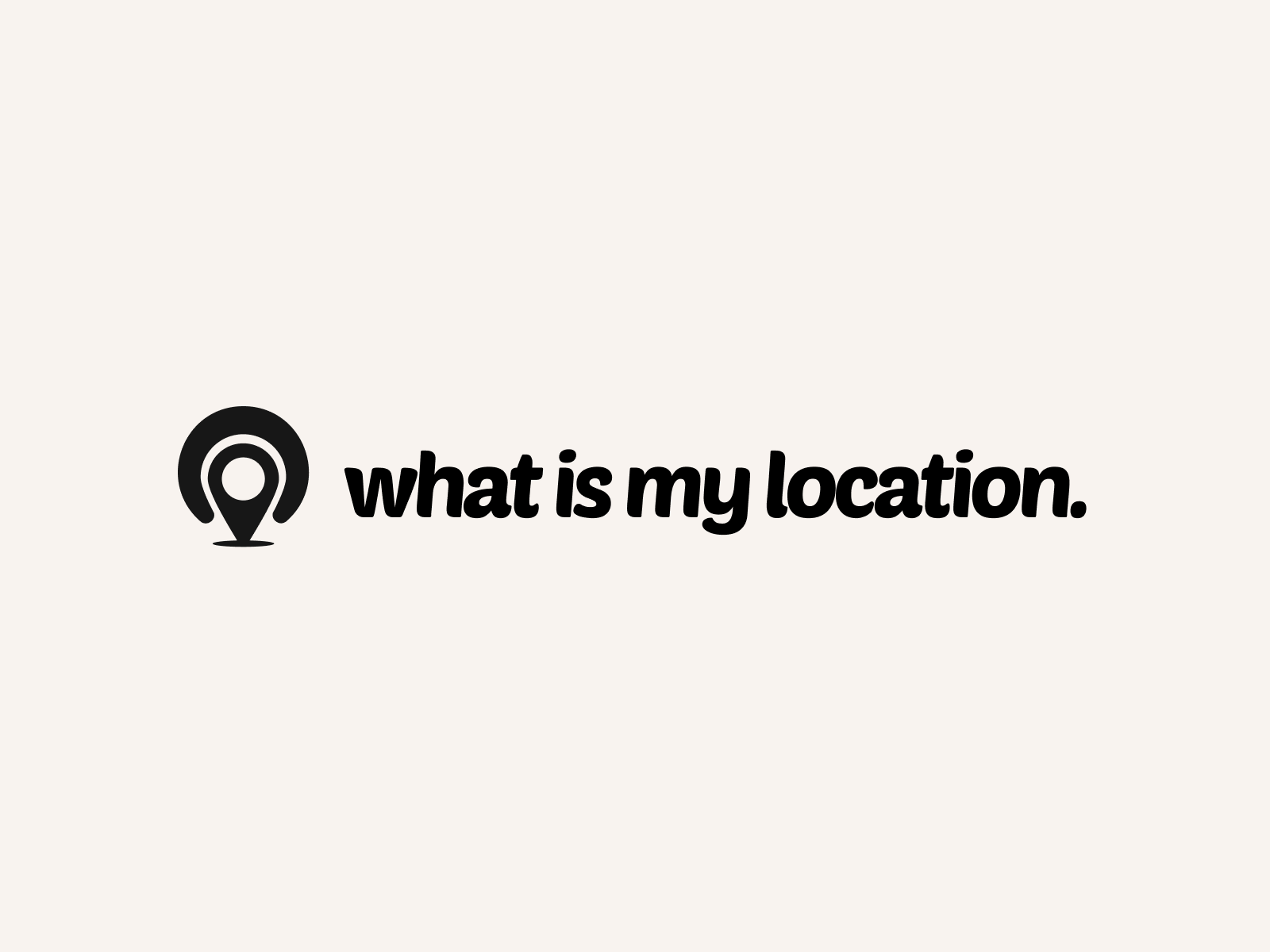Title: [Unveiling the Mystery: How Geolocation Works in Web Browsers]
Introduction:
Have you ever wondered how websites seem to know your location without you explicitly providing it? The answer lies in geolocation technology, a powerful tool that allows web browsers to determine your geographical position. In this blog post, we’ll dive into the fascinating world of geolocation and explore how it works in web browsers. Get ready to unravel the mystery behind this incredible technology!
Why Geolocation Matters:
Geolocation has revolutionized the way we interact with the internet. By knowing your location, websites can provide personalized experiences, deliver relevant content, and offer location-based services. From weather updates and local news to targeted advertisements and nearby points of interest, geolocation has become an integral part of our online lives.
How Geolocation Works in Web Browsers:
1. IP Address Geolocation:
– Every device connected to the internet has a unique IP address, which can be used to estimate its geographical location.
– Web browsers send the IP address to geolocation databases, which contain information about the approximate location associated with each IP address.
– However, IP address geolocation is not always accurate, especially if the user is connected through a VPN or proxy server.
2. GPS Geolocation:
– Modern web browsers, particularly on mobile devices, can access the device’s GPS (Global Positioning System) to determine its precise location.
– When a website requests location access, the browser prompts the user for permission to access their GPS data.
– If the user grants permission, the browser retrieves the device’s latitude and longitude coordinates from the GPS and shares them with the website.
– GPS geolocation is highly accurate but requires user consent and may not work well indoors or in areas with poor satellite signal.
3. Wi-Fi Positioning System (WPS):
– Web browsers can also use nearby Wi-Fi networks to estimate the user’s location.
– When a device connects to a Wi-Fi network, it can send the network’s MAC address (a unique identifier) to a geolocation service.
– The geolocation service maintains a database of known Wi-Fi networks and their associated locations, allowing it to estimate the user’s position based on the detected networks.
– WPS is more accurate than IP address geolocation but less precise than GPS.
4. Cell Tower Triangulation:
– In addition to GPS and WPS, mobile devices can use cell tower triangulation to determine their location.
– The device communicates with nearby cell towers and measures the signal strength and time delay from each tower.
– By comparing this information from multiple towers, the device can calculate its approximate position.
– Cell tower triangulation is less accurate than GPS but can work in areas where GPS signals are weak or unavailable.
Privacy and Security Considerations:
While geolocation offers many benefits, it also raises privacy and security concerns. Here are some important considerations:
1. User Consent: Web browsers require user permission before accessing location data. It’s crucial to respect users’ choices and provide clear information about how their location will be used.
2. Data Protection: Websites that collect and store location data must implement appropriate security measures to protect users’ privacy and prevent unauthorized access.
3. Opt-Out Options: Users should have the ability to disable location services or opt-out of location-based features if they prefer not to share their location.
4. Transparency: Websites should have clear privacy policies that explain how location data is collected, used, and shared with third parties.
Use Cases and Applications:
Geolocation has numerous applications across various industries. Here are a few examples:
1. Location-Based Marketing: Businesses can use geolocation to deliver targeted advertisements and promotions based on the user’s location, increasing the relevance and effectiveness of their marketing efforts.
2. Navigation and Mapping: Geolocation enables web-based mapping services, providing users with accurate directions, real-time traffic updates, and location-specific information.
3. Social Networking: Social media platforms use geolocation to enhance user experiences by allowing users to tag their posts with location information, discover nearby events, and connect with friends in the same area.
4. Emergency Services: Geolocation plays a crucial role in emergency situations, helping first responders locate individuals in need of assistance quickly and accurately.
Conclusion:
Geolocation is a remarkable technology that has transformed the way we interact with the digital world. By leveraging various techniques like IP address geolocation, GPS, Wi-Fi positioning, and cell tower triangulation, web browsers can determine users’ locations with varying degrees of accuracy. While geolocation offers numerous benefits, it’s essential to prioritize user privacy and security. As we continue to embrace location-based services, it’s crucial to strike a balance between convenience and data protection. So the next time a website seems to know exactly where you are, you’ll have a deeper understanding of the fascinating technology behind it.
